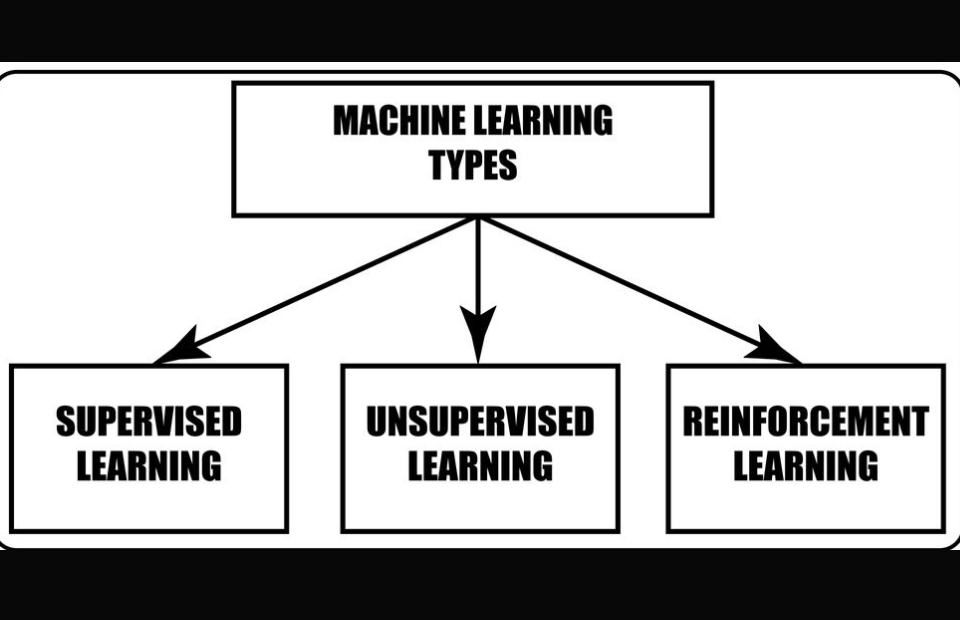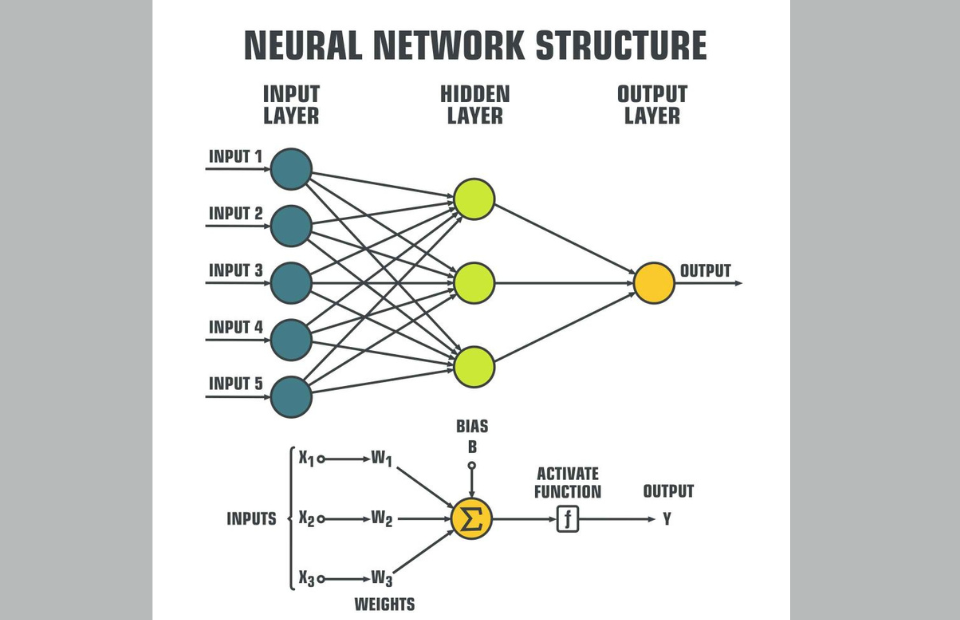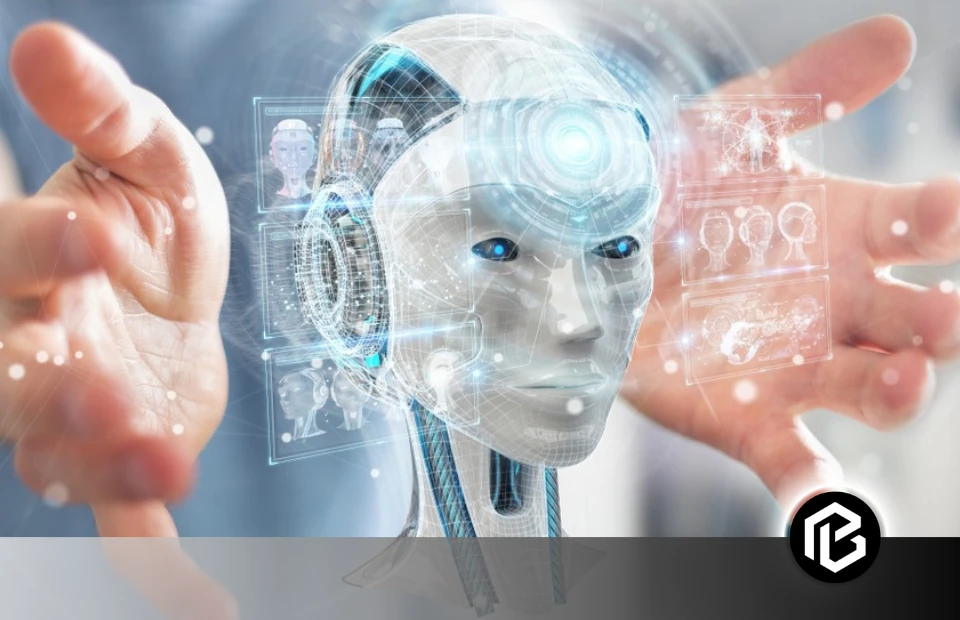Are you the one who has the thirst for a roadmap to become a machine learning engineer? Welcome to the world of technology!
A recent report says that in the next decade, we will see tons of well-paying jobs that need folks who understand machine learning.
That’s why investing your time in learning it today will pay off. And it’s a smart move. But as someone completely new to the concept, you might have a question: Where and how do you start? But before we get to the roadmap, let’s discuss machine learning.
What is Machine Learning?
Put, “Machine learning is a part of artificial intelligence that teaches computers to make decisions and predictions based on patterns in data”.
Machine learning is used for recognizing images and speech, understanding languages, suggesting things you might like, making predictions, spotting unusual patterns, and much more. Plus, it’s always getting better, thanks to smarter algorithms.

So, as you understand, machine learning is a hot career choice right now. Companies are using it to improve what they sell to customers. Data scientists also rely on it to make smart predictions for better decision-making.
Is Machine Learning a Piece of Cake or a Challenge?
There is something important I need to say. Machine learning is a very complex subject. Whether you are a beginner or a more experienced programmer, think of this roadmap as a handy reference to return to.
But learning isn’t a straight line. Going over a topic a second or a third time can bring more benefits than expected. And it might seem like a long road, but you can reach your goal with patience and persistence.

Who is a Machine Learning Engineer?
A machine learning engineer is a person with very specialized skills who gets paid the most. As of 2021, if you’re working less in Google, Facebook, or any top product companies, you can earn up to 800 to 900 thousand dollars a year as a machine learning engineer. They earn more than you know doctors or surgeons.
Isn’t that exciting?

Therefore, the effort you need to put in will be humongous here, but in six months, you can develop a foundation, and then, it becomes a lifelong learning journey.
Roadmap to Become a Machine Learning Engineer
So, let’s start with the discussion of the first step.
Step 1. Learning the Basics
Your first step should be starting with the very fundamentals. In this case, they are:
- Math and Statistics
- Main Machine Learning Concepts
- Basics of Programming
- Basis of Data Structures and Algorithms
Let’s discuss these points one by one.
1. Math and Statistics
Some might think I want to learn machine learning instead of returning to school.

But trust me, it’s not as scary and important as it seems. The first step you should understand is linear algebra. And a lot of machine learning algorithms use linear algebra. Operations like:
- Dot products
- Matrix multiplication
- Vector spaces
are fundamentals in machine learning. So, having a solid grasp of linear algebra is a must.
Probability Theory
Next, move on to probability theory. Machine learning is predictive of the future. But there is always a bit of guesswork involved, and that’s where probability theory comes in. It helps you measure and navigate all the uncertainty of making predictions. The next step is to learn some statistics.

Think of statistics as your toolkit for understanding, collecting, analyzing, and organizing data. And the reason why you need this stuff is that machine learning relies on these same principles. So, mastering statistics helps you through the day. Twists and turns of the data world. By the way, you shouldn’t be worried if you are not super good at math. There are multiple learning resources online.
Besides, the more you use these ideas in machine learning, the easier it will be.
2. Main Machine-Learning Concepts
The next part of your machine-learning journey is the main machine-learning concepts. So, I will explain some of these complex terms and ideas.
Supervised Learning
The first one is supervised learning. In supervised learning, the computer gets a set of labelled examples. These examples have both the input data and the correct answers attached. The computer learns by figuring out patterns in these examples. So it can map input data to the right output.
Think of it like a student learning with answer keys. It’s all about finding patterns to solve problems.

Unsupervised Learning
In this case, the computer gets data without any labels or answers attached. It’s like trying to uncover hidden patterns or relationships in the data all on its own, without any hints.
Reinforcement Learning
The next concept is reinforcement learning. It is like teaching a computer to play a video game or navigate a robot through a maze. The computer learns by doing, trying out different actions and determining which leads to rewards or penalties.
It comes up with the best strategies through practice and experience. You want to be aware of some other important concepts, such as regression, classification, and clustering. Getting the hang of these ideas is an important step in your machine-learning journey.
3. Programming Basics
Folks, you need to understand one thing. To become a machine learning engineer, you don’t have to be a super pro at coding.
However, you will still need a solid understanding of programming languages and how they work. And for this, you should pick the programming language you will work with.
Python
The number one choice here is Python. People often choose Python because it’s easy to understand and read, making it an excellent beginner’s choice. Moreover, there are lots of Python libraries that simplify decoding aspects of machine learning.

R, Java, Matlab, and Julia are other programming languages to explore. Once you have made your choice, here is what you should learn.
The obvious things are programming language syntax and variables, data types and structures, loops and conditionals, functions and modules, and many others.
4. Data Structures and Algorithms
So, finally, it’s time to introduce yourself to a very important concept in machine learning. It’s called data structures and algorithms. Data structures are like boxes we use to store and manage our data neatly.
They are important because they decide how our data is stored, how we can get to it, and what actions we can take. Algorithms are like the detailed guides we provide our computer to complete certain tasks. In the machine learning field, there are plenty of algorithms, and it’s crucial to know the common ones like:

- Searching algorithms
- Tree-based algorithms
- Graph algorithms
Guys, you must understand that getting the hand of data structures and algorithms is a super important step on your machine learning journey. They give you the skills to store, retrieve, and handle your data efficiently. It may feel difficult as you start, but it will become clear with practice.
Step 2. Mastering the Necessary Tools
Well, it is time for you to build your machine-learning toolkit. And when it comes to machine learning, some cool tools will make your work efficient and even enjoyable. And here they are:
1. Libraries and Frameworks
The most common of them are:
- NumPy
- Pandas
- Matplotlib
- Seaborn
- Scikit learn
- TensorFlow
- PyTorch
2. IDE (Integrated Development Environment)
Next on the list are integrated development environments. This is where you craft, test and fix your code. The most common ideas are Jupiter, Spyder, and PyCharm.

3. Cloud Platforms
Lastly, there are cloud platforms. Think of them as your powerful engines, giving you the power to handle these huge datasets and run complex machine-learning models. The most popular ones to be aware of are Google Cloud Machine Learning Engine, AWS SageMaker, and Microsoft Azure ML Studio.
Step 3. Mastering Deep Learning
Mastering deep learning is something we got something exciting. It handles massive datasets. Powering groundbreaking technologies such as self-driving cars and voice assistants. It’s the coolest thing.
Neural Networks
You should know that deep learning mainly revolves around artificial neural networks. Think of these networks as layers of neurons that handle information and pass it along.
The more layers you add, the deeper the learning goes. That’s why it’s called deep learning. At this stage, you will need to learn about different types of neural networks. These are Feed-forward neural networks, convolutional neural networks, recurrent neural networks, and generative adversarial networks.

Friends, it may sound intense, but it’s an exciting chapter in your machine-learning adventure. Sure, it can be tough, but the rewards are huge. It’s like diving into an ocean of possibilities.
Step 4. Learning About Deployment
We have completed your machine learning journey’s final, incredibly important step.
It’s the step where your clever machine-learning project becomes a practical solution. It’s all about ensuring your model can handle real data and deliver results. There are different ways to deploy your projects. There are cloud-based platforms, AWS, Google Cloud, Microsoft Azure, local server deployment, and Internet of Things (IoT) deployment.
Regarding deployment, you should also know concepts like scalability, latency, security, and monitoring.
Containerization and Microservices
When deploying your machine-learning model, tools like Docker and Kubernetes are your best friends. They help wrap up your model. And everything it needs into a neat little package called a container.
This container makes deploying and expanding your project a lot simpler. Getting your models into the real world is a major milestone on your machine-learning journey. It’s like showing your masterpiece after hours of hard work.
Improve your Machine-Learning Skills
Mastering all the concepts I just listed is a lot of work.
A lot of work. It would help if you constantly stayed on top of your game in machine learning. And how can you do that? So here are a few things you should know.
1. Keep up with the Trends!
One of the simplest ways to keep your skills sharp is to stay updated with the latest trends and news in the field.
Subscribe to newsletters and podcasts, read blogs, watch YouTube videos, and follow social media accounts. All of this will help you to get new knowledge.
2. Engage with Machine Learning and AI Communities
Engage with online and offline communities and forums. Connect with fellow developers, ask questions, and share your insights.
By staying in the loop, you will grasp the current challenges, opportunities, and best practices in the ever-evolving world of machine learning and AI. Also, competing with fellow programmers not only improves your skills but also fuels your passion for learning and innovation.

3. Do some Online Learning
Guys, dive into online course platforms. There are a lot of budget-friendly professional courses to try.
Explore and level up your skills.
Conclusion
The machine learning world is full of opportunity. The future of ML engineering is very, very bright. I hope you can follow this roadmap. I wish you all the best for your easier and happier lives with machine learning!
Frequently Asked Questions on Machine Learning Engineer
What skills are required to become a machine learning engineer?
Skills required for machine learning engineering include proficiency in programming languages like Python or R, knowledge of statistics and mathematics, expertise in machine learning algorithms and frameworks, data manipulation and visualization skills, and familiarity with software development practices.
What educational background is needed to become a machine learning engineer?
While a formal degree in computer science, mathematics, statistics, or a related field is beneficial, many machine learning engineers also acquire skills through online courses, bootcamps, self-study, and practical experience in the field.
What are some common interview questions for machine learning engineering roles?
Common interview questions for machine learning engineering roles include discussing past projects and their challenges, explaining machine learning algorithms and their applications, solving coding and problem-solving challenges, and demonstrating critical thinking and communication skills.
What are some career pathways for machine learning engineers?
Machine learning engineers can pursue various career pathways, including roles in software development, data science, artificial intelligence research, product management, consulting, and entrepreneurship. Career advancement opportunities often depend on individual interests, skills, and industry trends.





